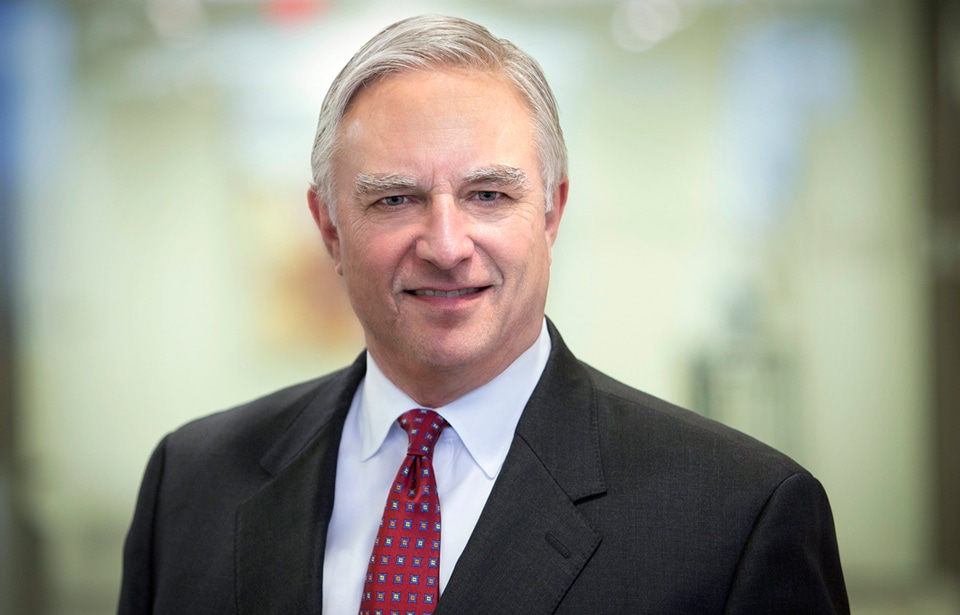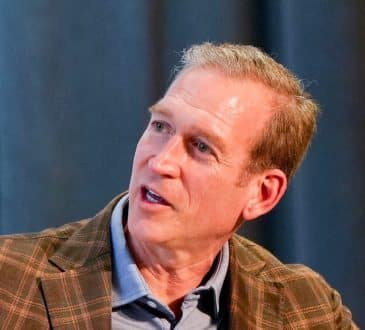Presidential Leadership

Being president of the United States is the most prestigious and the most challenging job in the world. We’ve now had 46 commanders-in-chief over the last 235 years and America’s leading historians have concluded that fewer than ten have done a stellar job in leading the country.
For the esteemed few who succeeded in guiding America’s ship of state to better destinations, three leadership traits can be found in all of their toolkits. First, they had the self-awareness to know their strengths and weaknesses. And with that knowledge, they found ways to use their best skills as much as they could, and succeeded in minimizing their flaws by partnering with those who had the talents they lacked.
George Washington set the standard on how to use this trait. For one of his virtues, he knew he had the discernment to evaluate facts amid differing positions before making the final decision on issues that arose from the facts. He also knew, for example, that he lacked the knowledge of political history to be able to create for our nation (after we had just gained independence from England by winning the Revolutionary War) an effective new system of government. Thus, he was fine with delegating and deferring to his then political protege James Madison to take on that task, and Madison proceeded to author the Virginia Plan which ultimately became the backbone for the Constitution that was approved at the convention in Philadelphia and then ratified by the states. As president, Washington also knew he lacked the financial acumen to devise a plan for how best to kick start the nation’s developing economy and deal with its massive post-war debts. So he turned that responsibility over to his other protégé, Alexander Hamilton, who succeeded in devising the sound policies that allowed the nation’s commerce to move forward.
Like Washington, Ronald Reagan knew his strengths: he was great at public speaking and executing on long-term vision. He also knew though that he was weak in attending to the devilish details required to run the government. So he let James Baker (his White House Chief of Staff during
his first term) manage the details, keep the train on the tracks, and catch the many javelins thrown his way by the media and Congressional leaders.
For their second shared trait, all of our greatest presidents had the communication skills to persuade the country to move in their chosen direction. Four of them had the oratory power to inspire multitudes with their eloquence (Lincoln, FDR, JFK, and Reagan), while the other four moved their era’s mountains with their imposing up-close-and-personal method of persuasion (Washington, Jefferson, TR, and Ike). In studying the particulars of their presidential persuasion power, it’s clear that each of them had his own unique method that caused him to have success at getting his followers to go where he wanted them to go.
In particular:
- Washington persuaded by using his command presence, integrity/credibility, and emotional intelligence to know when and when not to speak in order to maintain national unity and not damage sensitive relationships at critical times.
- Jefferson did most of his persuading in the context of hosting small dinners with his political foes and friends 2-3 times a week throughout his presidency, which provided the setting where he could use his dazzling gifts of conversation and hospitality to develop closer personal relationships, and the dinners resulted in the lessening of partisan friction.
- Lincoln maintained his potent power to persuade by invoking his magnanimity and equanimity, which allowed him to move his agenda forward, stay above the fray, and avoid tension with those who sought to undermine his leadership or steer him in the wrong direction – – i.e., certain members of his “team of rivals” Cabinet; Union generals; Democratic “copperhead” antagonists; and his interpersonally challenged wife Mary – – all of whom attempted but failed to make waves likely to disrupt his daily focus on winning the Civil War, abolishing slavery, and reuniting the nation.
- Theodore Roosevelt‘s persuasive skills were best used when he operated in a mode of resolving disputes between warring parties as a mediator, an arena where he could use his energetic “bully pulpit” personality and creative mind to find common ground between adversaries that ended their conflicts.
- To succeed in persuading people, Franklin D. Roosevelt recognized the need to change public sentiment incrementally through his Fireside Chats, which moved the nation from its prior commitment to isolationism toward where he knew America had to go – – i.e., provide the manpower and war machine needed to prevent Hitler and Japanese leaders from taking over the world.
- Dwight Eisenhower possessed the strategic intelligence to know when to be patient (as he was in devising and executing a deliberate plan that gave Joe McCarthy enough rope to hang himself); and when to play hardball (as he did in sending troops into Little Rock to integrate Central High School and in forcing Britain, France, and Israel to withdraw their armies from the Suez Canal) through military and economic sanctions that compelled his adversaries to cease and desist from their wrongful actions.
- John F. Kennedy persuaded the nation to participate in national service in the Peace Corps, commit to the American Moonshot program, and open our minds to the moral issue of the need for Civil Rights to African-Americans, by always appealing to the “better angels of our nature”, and never to the dark side.
- Ronald Reagan persuaded Americans to abandon the malaise of Jimmy Carter’s presidency by maintaining his personal optimism which inspired national optimism to support the skillful execution of his long-term vision that, among other things, revived the American economy, brought an end to the Cold War, and restored America’s self-confidence.
The third and final shared trait among our greatest presidents is that they all led the nation with constant focus on the thoughts and preferences of vast American middle that will always constitute a majority of our voters – – and never by prioritizing the positions of the outliers who occupy the political extremities.
In connection with this trait, Washington sought to maintain a unified political middle while the Adams/Hamilton Federalists and Jefferson/Madison Republicans threw mud at each other. Jefferson enlarged the middle through his relentless relationship building at his dinner diplomacy. Lincoln stayed in the middle between abolitionists and slaveowners until the time was ripe for him to emancipate slaves as a matter of “military necessity.” Theodore Roosevelt, a Republican, pushed forward a progressive agenda that succeeded in expanding the middle. FDR knew that the vast majority of Americans in the middle needed immediate relief from the Great Depression, and cared little about which party delivered it. Ike’s pursuit of “the Middle Way” guided every decision of his presidency. JFK’s priorities sought bi-partisan support from the middle since his programs aimed to elevate the supporters of both parties. Reagan knew he would have to cross the aisle and take a middle position in order to get any of his legislation passed because Democrats controlled the House of Representatives throughout both of his terms.
These common timeless leadership traits demonstrated by our greatest presidents have been used throughout American history and can be readily applied today by leaders in all fields who decide to learn how our best presidents did what they did in their eras, and then seek to apply the traits through self-discipline, emotional intelligence, and an “all in” commitment to enhance their skills.
Written by Talmage Boston.
Have you read?
Countries: Powerful Passports. Countries: Richest. Countries: Poorest. Countries: Happiest. Countries: Life Expectancy.
Bring the best of the CEOWORLD magazine's global journalism to audiences in the United States and around the world. - Add CEOWORLD magazine to your Google News feed.
Follow CEOWORLD magazine headlines on: Google News, LinkedIn, Twitter, and Facebook.
Copyright 2025 The CEOWORLD magazine. All rights reserved. This material (and any extract from it) must not be copied, redistributed or placed on any website, without CEOWORLD magazine' prior written consent. For media queries, please contact: info@ceoworld.biz








